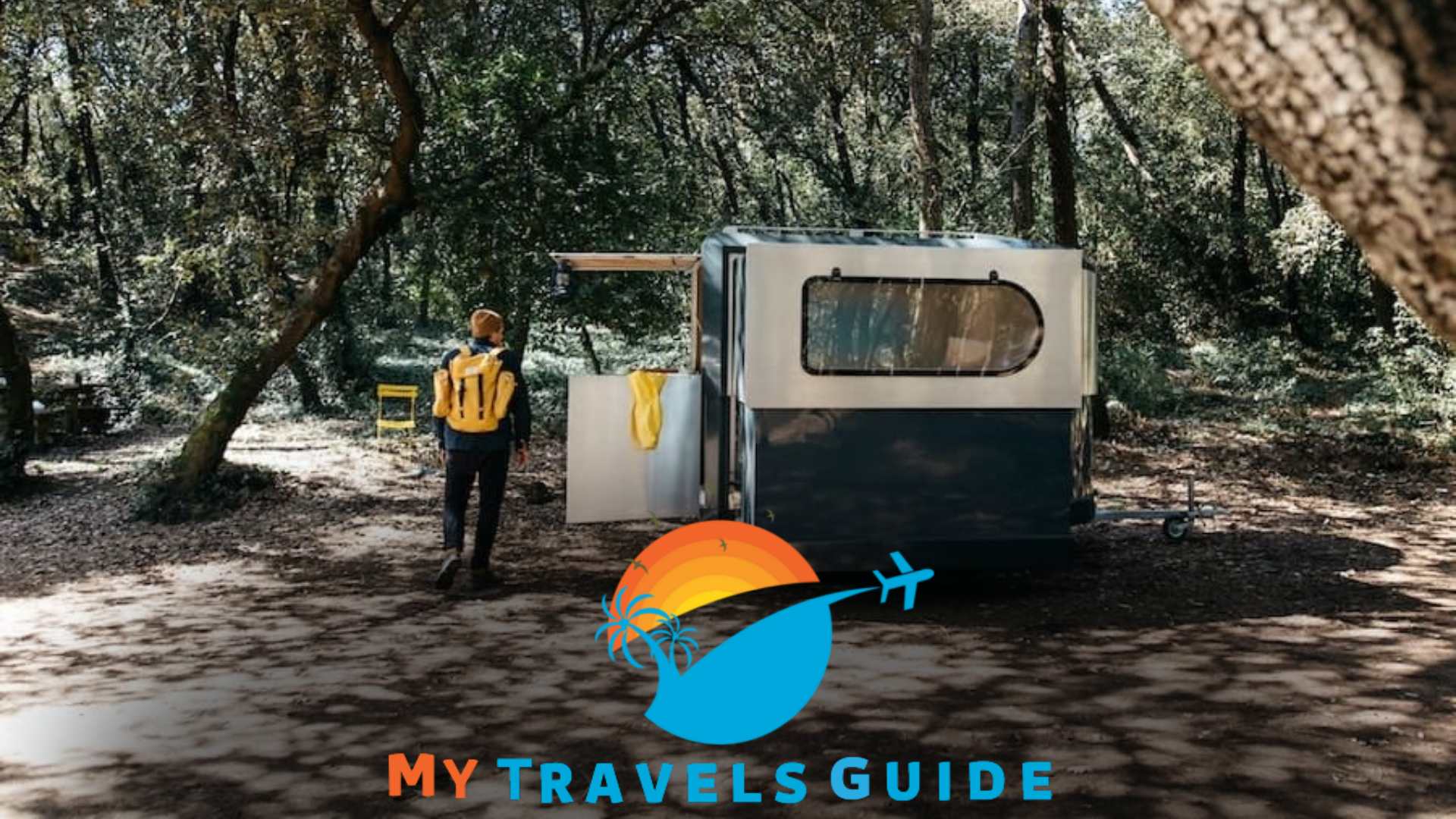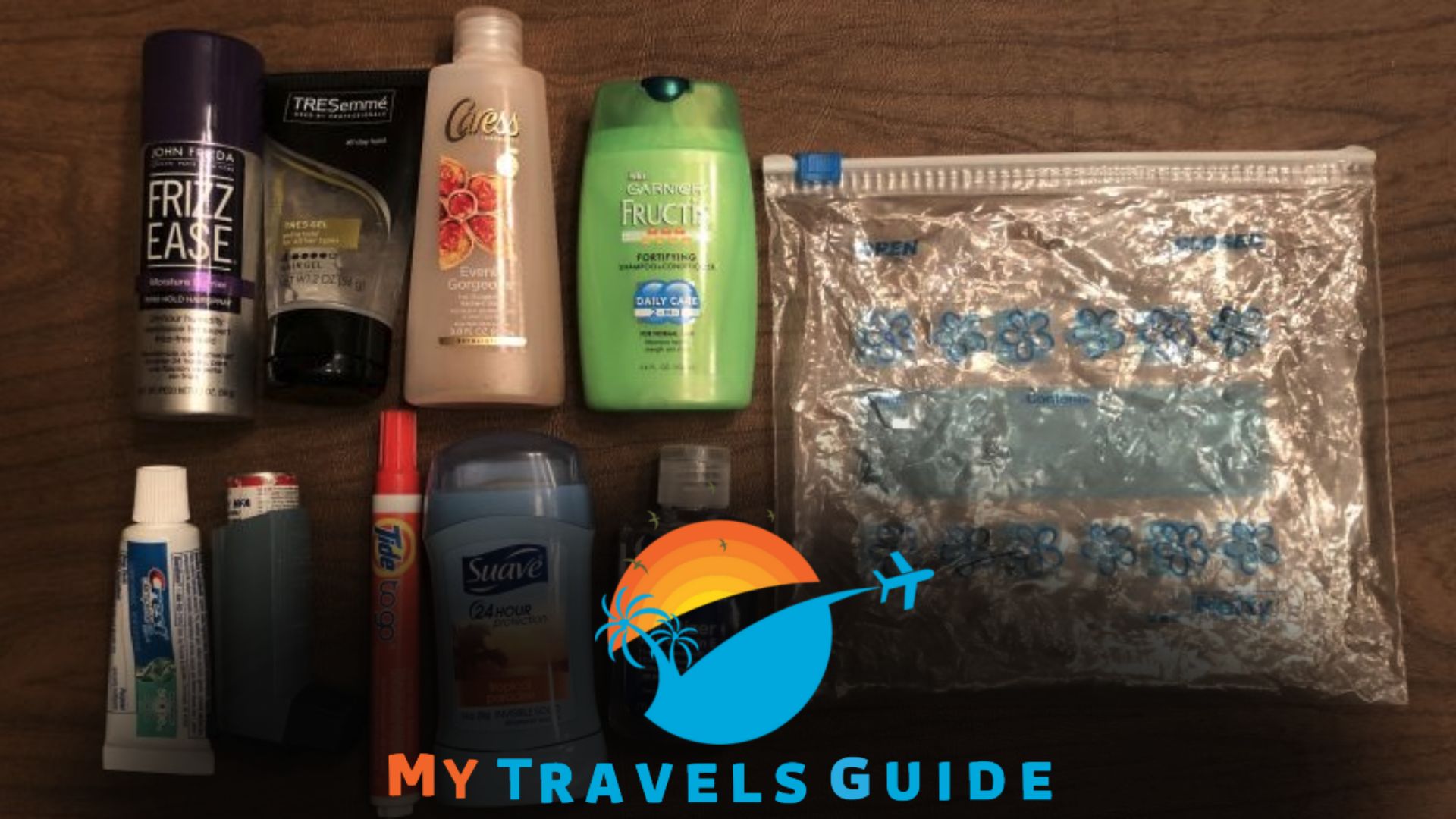In this article:
National forests offer many opportunities for adventure and camping enthusiasts when exploring the great outdoors.
The allure of pristine landscapes, majestic trees, and the chance to connect with nature draws many people to these protected areas.
One common question is whether you can camp anywhere in a national forest.
This article will delve into the regulations and guidelines surrounding camping in national forests and provide valuable insights to make your camping experience enjoyable and responsible.
Understanding National Forests

National forests are public lands managed by the United States Forest Service (USFS). These vast areas encompass diverse ecosystems, offering recreational activities such as hiking, fishing, hunting, and camping.
National forests are governed by specific rules and regulations to protect and preserve these natural resources.
Exploring the great outdoors? Check out our essential camping tips for national forests to maximize your wilderness experience.
Regulations for Camping in National Forests
While national forests provide ample opportunities for camping, it’s important to note that there are regulations in place to maintain the balance between recreation and conservation.
Each national forest may have its own rules, so it’s crucial to research and understand the specific regulations for the forest you plan to visit. Here are some standard regulations:
1. Time Limits
Many national forests impose time limits on camping to prevent overuse and allow fair access to all visitors. These limits can range from a few consecutive days to a maximum stay of 14 days in a single location.
2. Permits and Fees
Particular national forests require permits or charge fees for camping, especially for developed campgrounds. It’s essential to check in advance if your chosen campsite requires any licenses or reservations.
3. Restricted Areas
Some national forest areas may be off-limits to camping due to conservation efforts, sensitive habitats, or ongoing restoration projects. Always respect these restrictions and camp in designated areas.
Designated Campgrounds in National Forests
National forests typically have developed campgrounds offering amenities such as picnic tables, fire rings, restrooms, and sometimes showers. These campgrounds often require reservations and may have limited availability during peak seasons.
Utilizing these designated campgrounds is an excellent option for those seeking a more structured camping experience.
While camping in a national forest, knowing how to keep your tent dry in unpredictable weather is crucial. Follow these practical tips for a comfortable and enjoyable camping trip.
Dispersed Camping Opportunities

One of the appealing aspects of camping in national forests is the opportunity for dispersed camping. Dispersed camping refers to setting up camp outside of designated campgrounds, allowing you to experience the natural beauty of the forest in a more secluded setting.
However, there are specific guidelines to follow for dispersed camping:
1. Stay Limits
When dispersed camping, there are usually limits on the number of consecutive days you can camp in one location. This ensures that the environmental impact is minimized, and others can also enjoy the area.
2. Campsite Distance
Dispersed campsites should be set up far from water sources, trails, and roads. This helps protect the ecosystem and maintains safety for both campers and wildlife.
3. Leave No Trace
Leave No Trace (LNT) principles are fundamental in dispersed camping. LNT emphasizes minimizing your environmental impact, including proper waste disposal, respecting wildlife, and leaving the campsite as you found it.
Choosing a Campsite
Choosing the right campsite is essential when camping in a national forest, whether in a designated campground or dispersed area. Consider the following factors:
1. Accessibility
Select a campsite that suits your needs in terms of accessibility. A designated campground may be the best option if you prefer easy access to facilities. If you seek solitude and tranquility, a secluded spot in a dispersed camping area might be more suitable.
2. Safety
Ensure your chosen campsite is safe and free from potential hazards such as dead trees, steep slopes, or areas prone to flooding. Additionally, be mindful of wildlife activity and choose a site that minimizes potential encounters.
3. Natural Features
Take advantage of the natural features offered by the national forest. Look for scenic views, proximity to water sources, or opportunities for activities like birdwatching or stargazing.
Leave No Trace Principles
When camping in national forests, it is vital to follow Leave No Trace principles to minimize your impact and help preserve these natural areas for future generations. Here are the seven principles of Leave No Trace:
- Plan and prepare.
- Travel and camp on durable surfaces.
- Dispose of waste properly.
- Leave what you find.
- Minimize campfire impacts.
- Respect wildlife.
- Be considerate of other visitors.
Adhering to these principles ensures the protection of the environment and enhances the overall experience for everyone.
Campfire Safety
Campfires can enhance the camping experience, but it’s crucial to exercise caution to prevent wildfires and minimize environmental impact. Follow these guidelines for campfire safety:
- Check fire restrictions and obtain necessary permits.
- Use existing fire rings when available.
- Keep fires small and manageable.
- Never leave a fire unattended.
- Ensure the fire is completely extinguished before leaving.
Wildlife Safety
Encountering wildlife is one of the many joys of camping in national forests. To ensure both your safety and the well-being of wildlife, follow these guidelines:
- Store food securely to prevent wildlife from being attracted to your campsite.
- Respect wildlife’s natural behavior and maintain a safe distance.
- Never feed or approach wildlife, as this can harm animals and humans.
- Familiarize yourself with potential wildlife encounters and appropriate actions to take.
Weather Considerations
National forests can experience various weather conditions, depending on the region and season. Be prepared for changing weather and follow these guidelines:
- Check weather forecasts before your trip and pack accordingly.
- Dress in layers to adjust to temperature fluctuations.
- Be aware of thunderstorms, flash floods, or extreme heat hazards.
- Seek shelter in severe weather and ensure your tent is properly secured.
Proper Waste Disposal
Responsible waste disposal is crucial when camping in national forests. Follow these guidelines to minimize your impact:
- Pack out all trash, including food scraps and personal hygiene products.
- Dispose of waste in designated receptacles when available.
- If no receptacles are provided, pack your waste and dispose of it off-site.
- Avoid burying or burning trash, which can harm the environment and wildlife.
Respecting Local Communities
When camping in or near national forests, it’s essential to be mindful of the local communities and respect their way of life. Consider the following:
- Observe any local regulations or guidelines specific to the area you are visiting.
- Keep noise levels to a minimum, especially during quiet hours.
- Support local businesses by shopping at regional stores or restaurants when possible.
- Leave a positive impression by demonstrating respect, courtesy, and appreciation for the area and its residents.
Planning and Preparation
Proper planning and preparation are key to a successful camping trip in a national forest. Consider the following:
- Research the specific regulations, permits, and restrictions of the national forest you plan to visit.
- Make reservations if required, especially for designated campgrounds during peak seasons.
- Familiarize yourself with the national forest’s natural features, activities, and amenities.
- Create a checklist to ensure you have all equipment, supplies, and provisions.
Safety Measures
Prioritizing safety during your camping trip is essential. Take the following safety measures:
- Share your camping itinerary with a trusted friend or family member.
- Carry a first aid kit and be familiar with basic first aid procedures.
- Bring appropriate navigation tools such as a map, compass, or GPS device.
- Be aware of your surroundings and potential hazards.
- Follow any safety guidelines provided by the national forest authorities.
Benefits of Camping in National Forests

Camping in national forests offers numerous benefits. Some of the advantages include:
- Connecting with nature: National forests provide a unique opportunity to immerse yourself in the beauty of the outdoors and experience the serenity of natural environments.
- Outdoor recreation: National forests offer various recreational activities, including hiking, fishing, wildlife viewing, and photography.
- Cost-effective: Camping in national forests is often more affordable than other accommodation options, making it accessible to more people.
- Educational opportunities: National forests serve as outdoor classrooms, providing opportunities to learn about the environment, ecosystems, and conservation.
Conclusion
Camping in a national forest offers a remarkable opportunity to reconnect with nature and create lasting memories. While you cannot camp anywhere in a national forest, understanding the regulations and guidelines will enable you to maximize your outdoor adventure.
Whether you camp in a designated campground or venture into the wilderness for dispersed camping, remember to respect the environment, practice Leave No Trace principles, and follow all applicable rules and regulations.
By doing so, you can fully immerse yourself in the beauty of national forests while ensuring their preservation for future generations of campers to enjoy.
FAQs
Are campfires allowed in national forests?
Yes, campfires are generally allowed in national forests, but it’s essential to check for any fire restrictions or regulations in place.
Can I camp for an extended period in a national forest?
Most national forests impose time limits on camping, ranging from a few consecutive days to a maximum stay of 14 days in one location. Check the regulations for the specific national forest you plan to visit.
Do I need a permit to camp in a national forest?
Permit requirements vary among national forests and may depend on the type of camping (e.g., dispersed camping vs. camping in designated campgrounds). Research and check the specific requirements of the forest you intend to visit.
Can I camp anywhere in a national forest?
While dispersed camping allows more freedom in choosing your campsite, there are still guidelines, such as maintaining a distance from water sources, trails, and roads. Designated campgrounds are also available for a more structured camping experience.
Can I bring my pet when camping in a national forest?
Pets are generally allowed in national forests but must be kept on a leash and under control at all times. Check the specific regulations for the national forest you plan to visit to ensure compliance.









